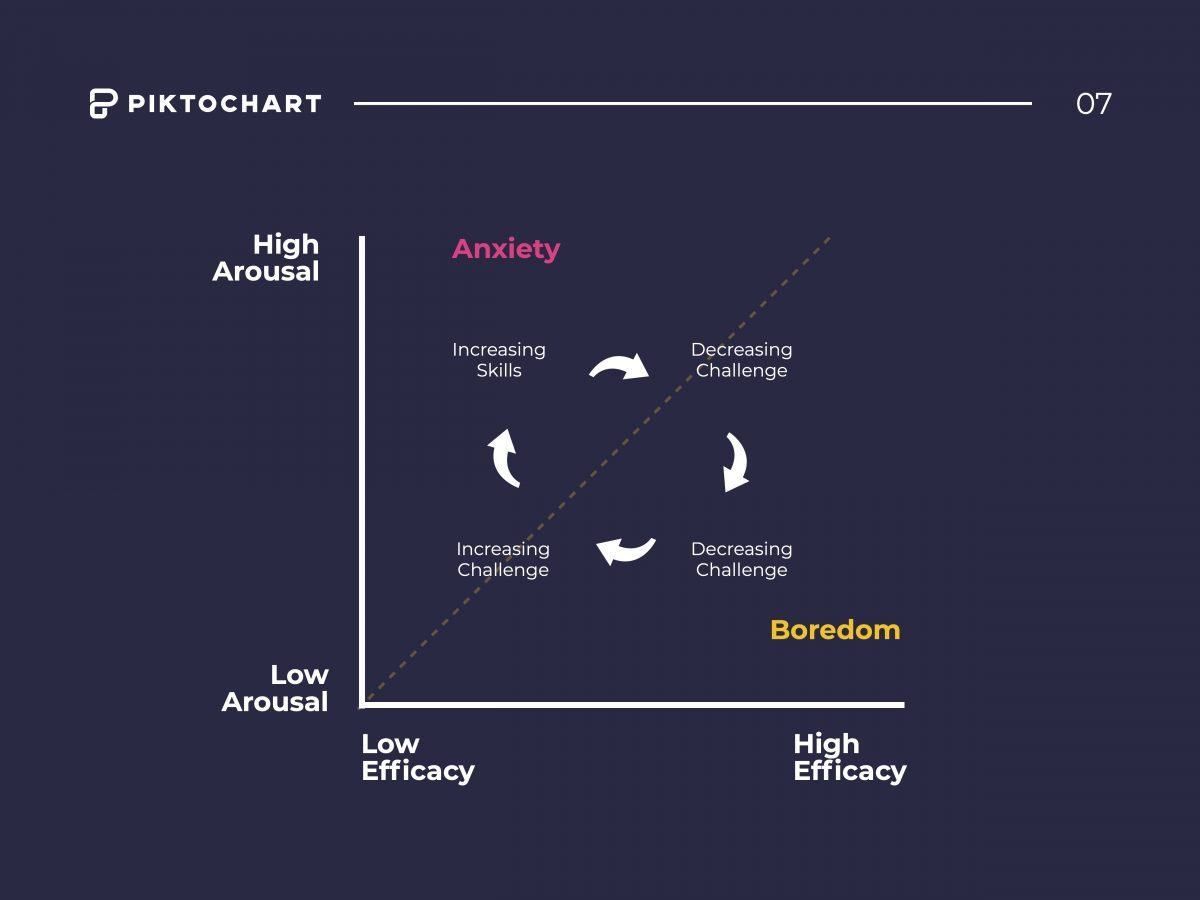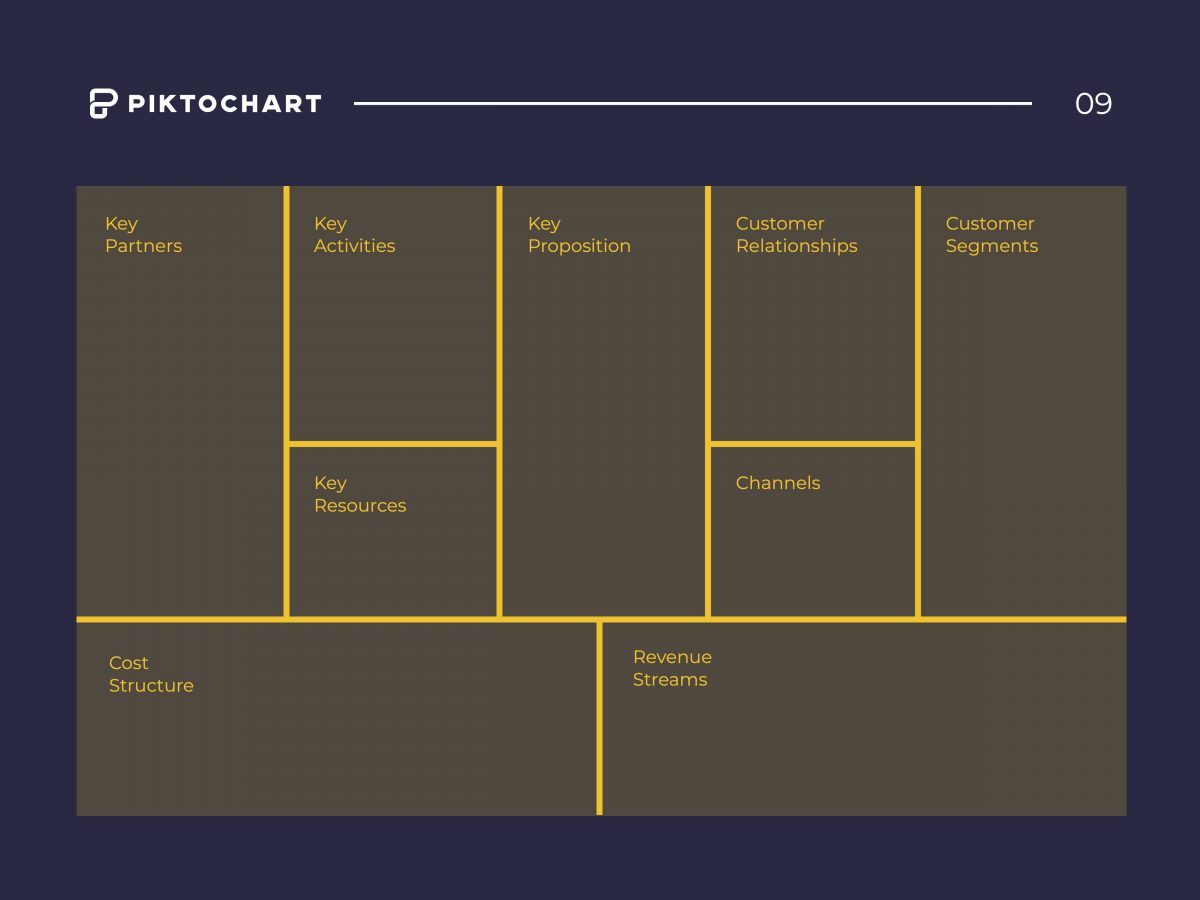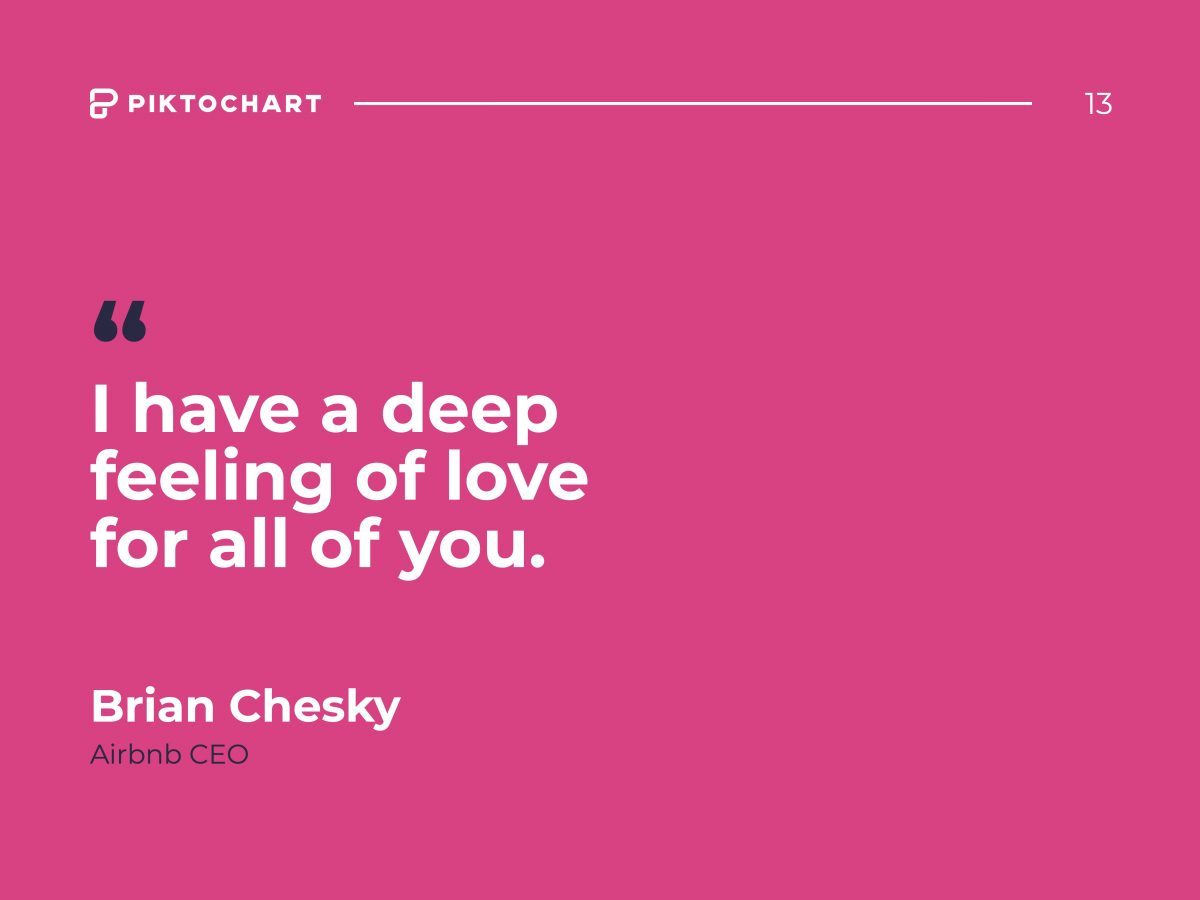Driving employee engagement and retention has never been so crucial as it is now. With the rise of remote work due to the COVID-19 pandemic, HR professionals worldwide need to rethink their approach to keeping employees connected and motivated.
But how can we build bonds through emotions and empathy during this time of social distancing?
We spoke with Elisabeth Tafelmeyer, our Head of HR in a webinar to learn about the psychological approach to improving and strengthening the human connections between employers and employees with the help of visual communication.

If you are more the bookworm-learner or you are a bit tired of watching people talking in a webinar, we would love to offer a transcript for you!
With the new landscape of work accelerated by the current pandemic, more and more companies have to go remote. However, that radical change hasn’t been as easy as many thought it would be. Could you explain to us why it’s so challenging for employees to embrace change within their organization?
Elisabeth:
Our brains have a smart way of protecting our survival. It’s filtering and ignoring information all the time. We have to filter information to be able to take action. Otherwise, we would just get overwhelmed by all that is going on around us.
Here’s one of the best videos on the web to explain this problem through this video.
Disclaimer: Watch the video before reading the next paragraph 🙂
So, did you miss the main point of the video? This is a typical situation because we tend to overlook things when everything is normal. As long as the need for change is around the corner like the bear in this video, we might overlook the main point. (1)
As human resource professionals, we have to find ways to invite our employees not to overlook the bear. Innovation is an essential aspect in recreating the future, and this is a challenge we must help our employees and organization to overcome, especially in times of change.
That’s a very interesting concept, especially with how our brain works in embracing change. In light of the Covid-19 situation, how could we deal with the change right now and navigate through these challenging times of change?
Elisabeth:
What we experienced with the pandemic is an example of a very sudden change. In contrast to the earlier analogy of the bear, this has been the first experience globally for many organizations and has caused feelings of anxiety. (2)
Suddenly, the need to change just hit us like a tsunami with our way of working. From a psychological view, our brains are shaped to perceive sudden changes as potential threats. Hence, we tend to react with fear and anxiety, and our typical reactions are either to flight, freeze, or fight. (3)

by Mihaly Csikszentmihalyi
This is not the flow state, where we’re very good at creating innovation to reinvent our businesses. So our role in HR becomes incredibly important in this phase. We have to support our employees and organization to help them get into a flow state. This allows them be creative and recover with new ideas from the crisis.
Creativity, as we know it, is a valuable aspect to heal our harmful emotional states. Activities that induce creativity have also been proven to heal depression. As a result, creativity can bring us back to feeling productive where we can create a new meaning. (4)
Creative teams and collaboration are exactly what we need for our future in the age of digitalization. There is a great need for us to reinvent our businesses with our employees. Before Covid-19, we were used to getting creative by coming together, collaborating in a physical room, drafting slides, and sketching our ideas.
However, the current setup has elevated visual communication as a new way to relate to our employees and enable collaboration. By putting thoughts into how we as HR professionals communicate visually in a global setup to our employees and how we enable them to share their ideas virtually, we can help them to get out of anxiety and get back into a creative mode. (5) This in return also has a positive impact on the organization’s revenue.
With visual communication and collaboration, we can help our employees and organization better overlap their ideas. This creates an environment of engagement and innovation for them to thrive in. Additionally, it also enables a feeling of contribution to the future.
That’s a very valid point with the flow state and also helping employees with their anxiety, especially during these challenging times. Would you elaborate further on introducing visual communication within organizations, especially remote companies to help communicate with employees?
Elisabeth:
The first thing to do is to enable our employees to overlap their ideas virtually. We have to respect how our brains process visual information, as our minds are shaped by individual experience, background, culture, education, and many more factors. (6)
We often think that we are talking about the same idea, but we have different landscapes in our brains. Our brains are wired differently, so we have to enable our employees to overlap what they have in mind by visualizing them.
Therefore, we need to offer them tools where they can easily share some drafts about their ideas and start to collaborate on them. In a remote setup, we can’t use flip charts or a notepad – where many good ideas start. This is where we have to offer digital tools and templates.

A good example here is the Business Canvas, which is a template out of the entrepreneurial world. This template can be shared easily with the teams and helps explore ideas and find an overlap. More than using this canvas for founding a business or defining a product or business case, it brings us right into creative thinking.
As we’re chatting about communicating with teams, how do we help employees to open up to each other in a remote set up – so they can trust and share their ideas?
Elisabeth:
A necessary competency we have to develop in companies that are mainly remote is how to work remotely and foster connections virtually. We need some rules, guidelines, and best practices so that everyone is on the same page.
Besides just best practices, we also have to connect employees emotionally by virtual lunch chats, games, or fun channels to replace the coffee machine talk. As we all know, this is where we really get to know each other in the workplace.
Something you mentioned that stood out to me was about the emotional aspect of communication, which could be often overlooked during this time. Can you share more examples of this?
Elisabeth:
Addressing the stress of our employees shows that we care. We have to show them that we feel with them and create the right support for them through empathy.
As HR professionals, we function as role models. When we address emotional topics and challenges, we pave the way for our employees to speak up about their feelings and ask for the support they need.
Beyond those, what else do we have to do to strengthen the human connection between employers and employees in remote companies? How can communication help us to support employees’ perspective even when there are hard decisions to be made?
Elisabeth: With the current declining economic state that has resulted in organizations laying off employees, we as HR professionals need to stay authentic, respect the circumstances, and display empathy and action in hard decisions. Otherwise, we become disconnected from our employees and the reality of their emotional needs.
The lesson here is how we can create trust during hard and challenging times. If you have read the announcement by Airbnb’s co-founder Brian Chesky, their organization had to lay off 25% of their workforce due to the pandemic situation that has resulted in cancellations during the travel ban.
This decision affected 1,900 employees of Airbnb, and as you can imagine, this was a hard decision to make for top-level management. While this is a sobering example, it shows the importance of communication in making a difference beyond just ensuring a good care package for those who are laid off.
Airbnb’s co-founder Brian Chesky communicated his feelings in one sentence through the official letter that was sent to employees.

This is a remarkable example for CEOs, founders, and managers who want to express their emotions including vulnerability as well as empathy in the workplace, although it is not the most common thing in the business world. Possessing this trait is useful for dealing with the pandemic situation and relating to each other while keeping employees healthy and engaged.
As HR professionals, we have to encourage our employees to address how they feel. And that starts with us as role models. When they experience the liberty to speak up, we can then listen to ensure better collaboration and feedback.
The future belongs to organizations and companies that can communicate in an empathetic manner.
What are your concluding thoughts for us to consider in strengthening the connections with employees during this time?
Elisabeth:
Personally, the main takeaway is how we offer psychological safety to our employees.
Visual communication in a remote setup is one of the many ways to offer psychological safety and a sense of belonging. When done in an empathetic way, it helps create a feeling of being informed and understanding.
On the most basic level, communication in itself is already engaging people. Hence, I think it is about us in the HR sector to keep the good things we have learned from this global pandemic.
In a remote setup, we have a new experience in relating to each other despite the distance in a very authentic way. We can no longer split our worlds into separate versions, switching between the private and professional. As we are working from home, we have our children and pets around us, and they sometimes pop up during our video calls 🙂
With this sense of transparency, we do not have to hide anything anymore. Our employees recognize that we are all human beings and not just managers or employees. This is a wonderful feeling to make us feel more connected than ever, and it is a quality we need in workplace relationships to reinvent the future.
Finally, creativity and empathy are any human’s secret superpowers. We all need trust and psychological safety to flourish. This also draws us to our roots as HR professionals because we love to connect and support people. This is the same passion we all share, but right now, we need to reinvent ourselves to perform our roles virtually.
This brief transcript of the webinar offers a glimpse of Elisabeth’s sharing, and you can watch the full webinar to learn more.
If you’re an HR professional and would like to learn more about using visual communication, check out Piktochart for Human Resources for more ideas and examples of visual communication that you could use to strengthen the connection and communication with your employees.
On behalf of Piktochart, we wish you the best in navigating through these challenges in your organizations during this time of the pandemic. Stay safe out there, and let us find ways to strengthen the connection with our employees!
- The Invisible Gorilla: And Other Ways Our Intuitions Deceive Us by von Christopher F. Chabris
- The Science of Storytelling: Why Stories Make Us Human and How to Tell Them Better by Will Storr
- Fear Is Fuel: The Surprising Power to Help You Find Purpose, Passion, and Performance by von Patrick J. Sweeney
- Daring Greatly: How the Courage to Be Vulnerable Transforms the Way We Live, Love, Parent, and Lead by Brene Brown
- Creative Confidence: Unleashing the Creative Potential Within Us All by Tom Kelley and David Kelley
- How We Learn: Why Brains Learn Better Than Any Machine . . . for Now by Stanislas Dehaene


